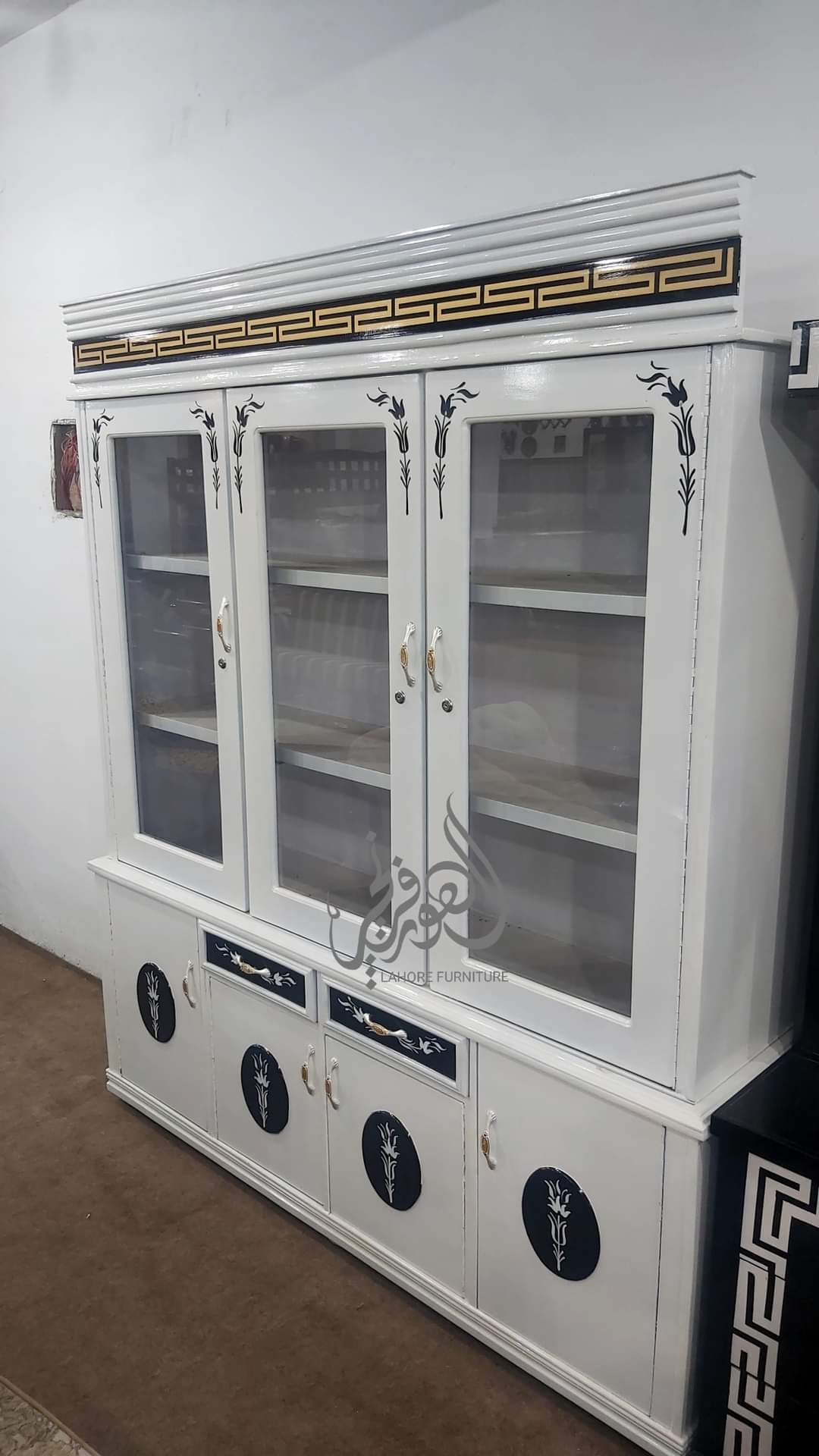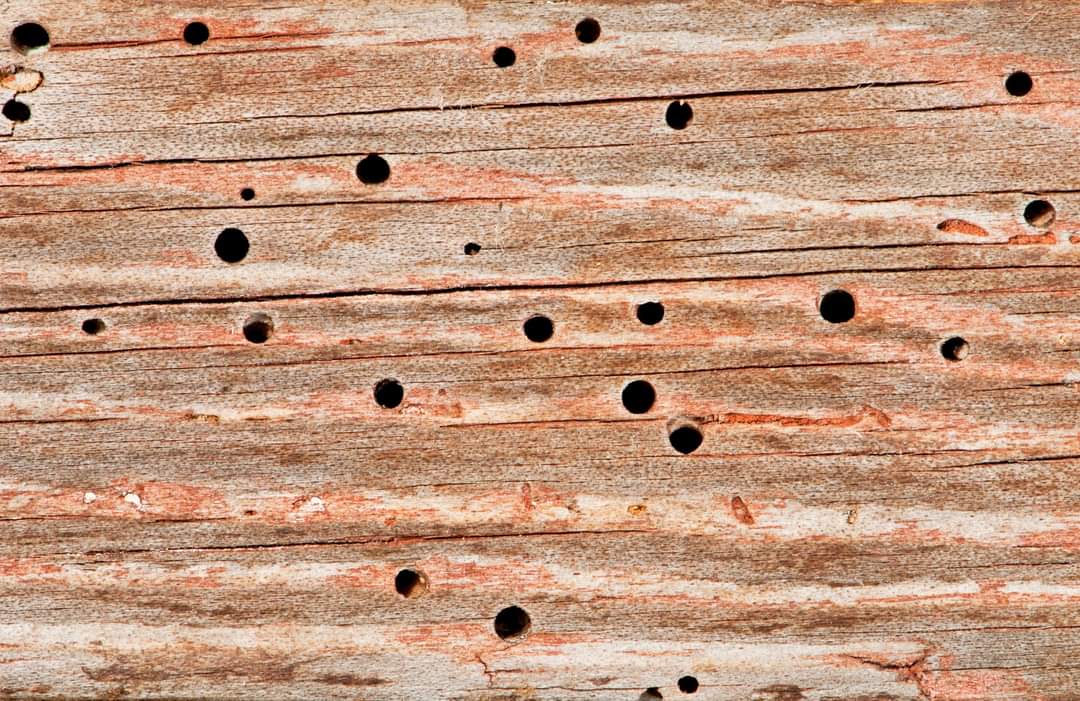How Do I Deal with Woodworm In My Home

How Do I Deal with Woodworm In My Home
Many homeowners have never considered the possibility of woodworm in their homes, yet it’s a surprisingly common problem. Many have been asking how do I deal with woodworm in my home? Even though there are a lot of plastic and synthetic materials in homes these days, most families have a few wooden pieces of furniture, and therefore, boring beetles like woodworm are still a 21st century issue!
Unfortunately, pests, particularly woodworm, can literally eat away at your investment and cause irreversible damage. Although woodworm can be hard to spot, they’re quite easy to deal with, so read on to learn how you can protect a wood dining table from pests and extend its life for as long as possible.

Knowing the signs of woodworm is key to being able to treat the problem quickly before it gets out of hand, so here’s what to look out for.
Woodworm – What Is It?
Woodworm is the commonly used name for the destructive larvae of wood-boring beetles. There are a number of different species of beetles whose larvae live inside wood by consuming it.
They can remain inside pieces of wood for up to three years before tunnelling out as adult beetles. Although wood-boring beetles play an essential role in the natural world, by breaking down dead wood, if they make a home in your dining table, they can completely ruin it.
Despite its name, a woodworm isn’t actually a worm; it’s a wood-boring beetle in its larval stage. They look similar to a caterpillar or maggot and are very small with a fully-grown adult only reaching between 2.7 mm and 4.5 mm in length.

What Signs Should I Look For?
Because they live inside the wood, active woodworms can be very difficult to spot. The tell-tale sign to look out for is the small holes that the tunnelling beetles make. These holes are normally roughly 2mm across and can often be seen on older pieces of wood furniture which are no longer infested. If there are tiny piles of wood dust, or frass, accompanying the holes then you have active woodworms inside your table.
Although woodworm are tiny, they cause a lot of damage to wood if the infestation is overlooked. Some signs to look for include:
Tiny exit holes.
The larvae will leave very small holes measuring around 2mm in diameter when they exit the wooden surface.
Frass.
This is powder-like, fine dust that can be found around the areas where an infestation occurs.
Dead beetles.
When you see dead beetles lying around wood areas, it’s a good indicator you may have woodworm, but the infestation may not be active since the damage occurs during the insect’s larval stage.
Weak wood.
Hopefully, you’ll see the signs of an infestation before you get to this stage. If you notice damage such as crumbling edges, a woodworm problem could be the cause.
How Do I Deal with Woodworm In My Home?
If you’ve noticed any of these signs in the wood in your home, calling professionals to help is critical. While the signs may have been due to an older infestation that isn’t active anymore, don’t take the risk – get in contact with a specialist who can test the affected wood and give you an appropriate treatment plan.
If you do spot signs of active woodworms in your wood, you can treat the problem with a borate-based treatment product. Carefully read the instructions on the treatment you purchase for advice on mixing and applying the treatment. You may have to remove paint, varnish or other finishes on the wood for the treatment to be most effective as the active borate ingredients in woodworm treatments need to penetrate the wood to kill the larvae. The treatment will linger in the wood and further deter future woodworm infestations. Reapplying varnish or polish and keeping it regularly topped up is also a good deterrent.
Once the infestation is treated, you need to prevent a further problem from occurring. There are a couple of steps you can take, including:
Reducing the humidity level in your home since woodworm will thrive in an environment with a high moisture level.
Use a moisture meter to check your wood’s moisture content. If the reading is under 11%, that indicates woodworm are unlikely to take hold.
Although woodworm treatments are relatively easy to use, taking steps to prevent an infestation from happening in the first place is the best way to protect and preserve your wood dining table. Wood-boring beetles love moist, warm conditions, so regularly checking your dining area for leaks or gathering damp and taking steps to remove the causes will reduce your chances of an infestation.
Bringing untreated wood into the house is the main source of woodworm. If you have a wood-burning stove or fireplace, check your fire-wood for woodworm holes and make sure it is as dry as possible before bringing it into the house. Buying kiln-dried fire-wood can be a good idea. You should also carefully check second-hand and wicker furniture, which can be particularly susceptible to woodworm.
Make sure to treat all new wood products and furniture. Sanding and varnishing or painting will help prevent adult beetles finding crevices to burrowing into and lay eggs in.
Should I Address A Woodworm Problem Before Selling My Home?
If you discover a woodworm problem in the wooden structures of your property, it’s wise to address it before you list it for sale. If you’re viewing properties you’re interested in buying, you should look for any telltale signs of a pest problem too. Fortunately, it’s possible to get rid of woodworm easily as long as you spot them at an early stage.
SEE ALSO : THE FUTURE OF REAL ESTATE IN AMERICA
Conclusion
With this post, I beleive you won’t be able to ask the question; how do I deal with woodworm in my home again.
Comments are closed.